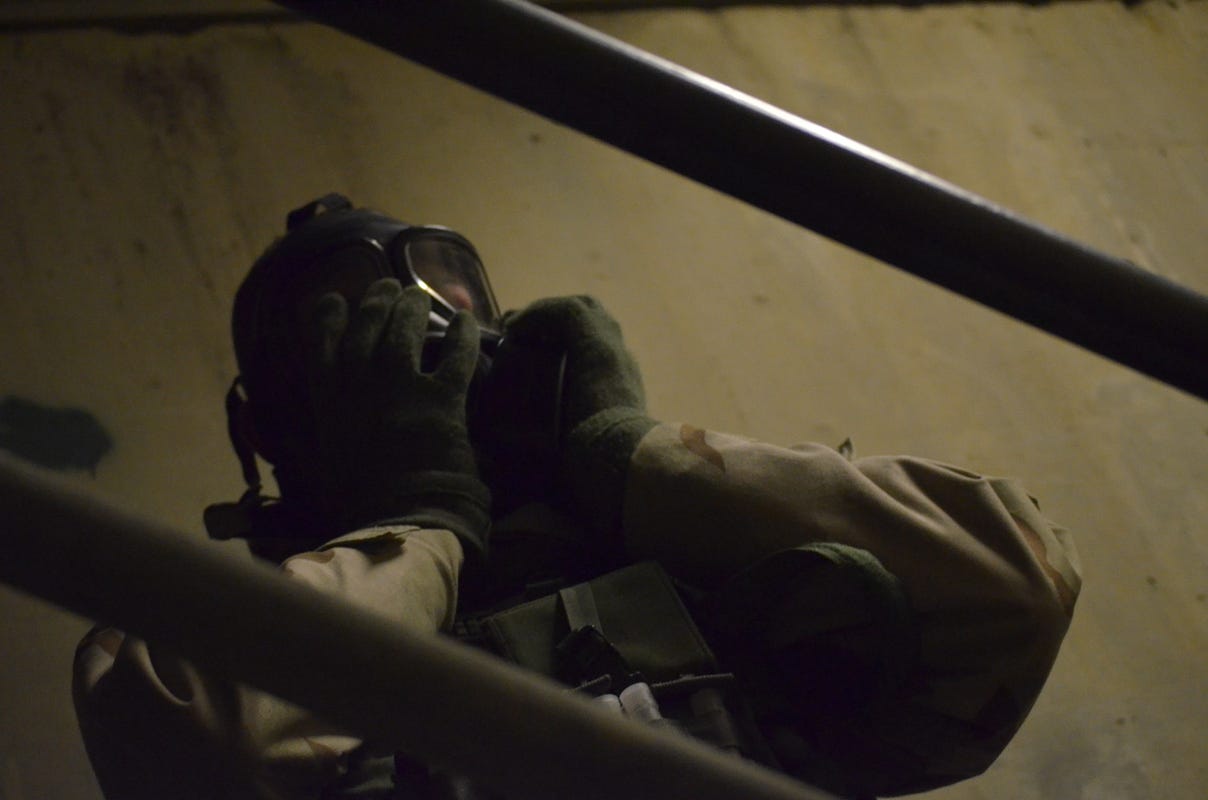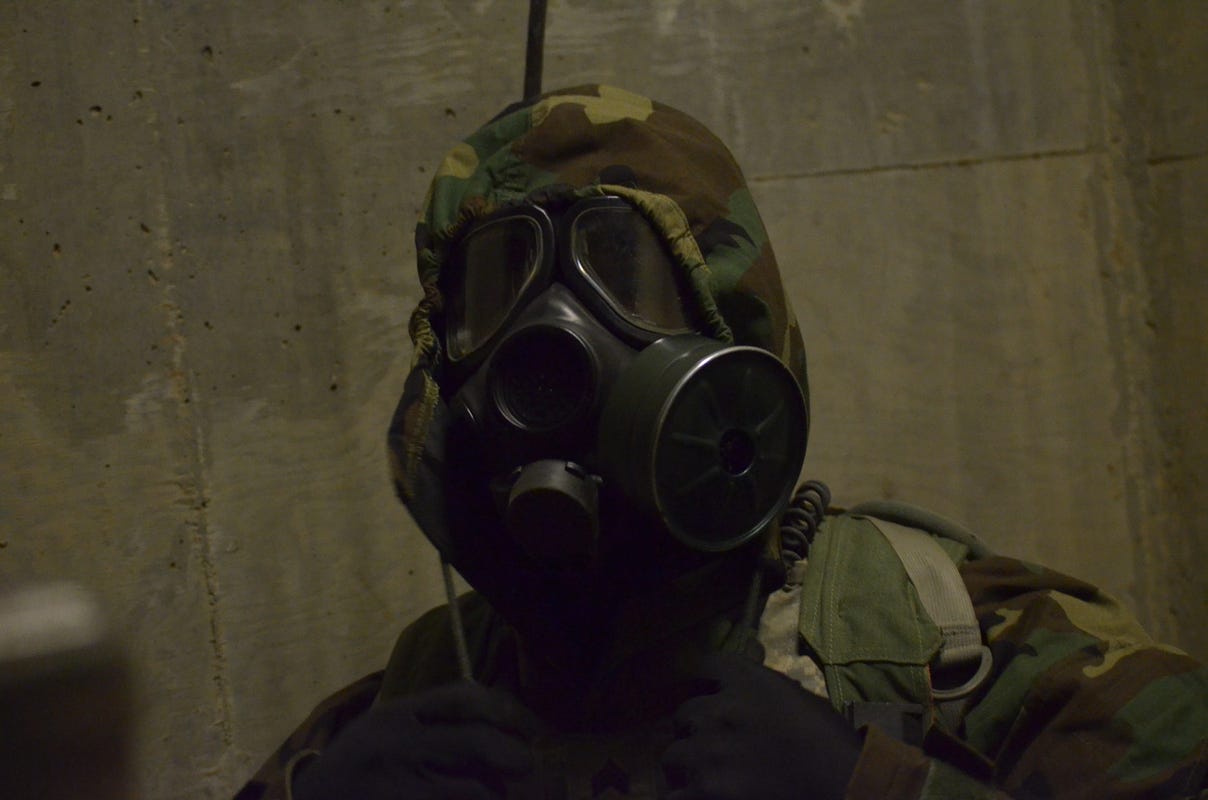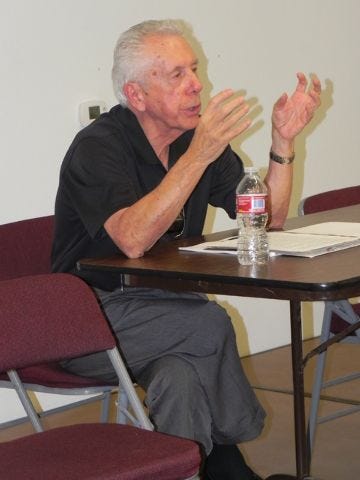Divvy K. Upadhyay Dean F. Sittig Hardeep Singh
November 24, 2014
The HinduNO ROOM FOR ERROR: "The opportunity to diagnose Ebola correctly was missed in Thomas Duncan’s case in the U.S., but there are several lessons to be learnt." Picture shows wards at a hospital in New Delhi. File photo: Meeta Ahlawat
The government must recognise the role low-cost health IT innovations could play in improving diagnostic accuracy, including many that would be useful for rural India
The diagnosis of the first patient with Ebola in the U.S. was initially missed in an emergency room late night on September 25. Thomas Duncan, a Liberian national visiting Dallas, Texas, complained of flu-like symptoms and fever, but after lab work and CT scans, was given antibiotics and discharged with presumed sinusitis. The opportunity to diagnose Ebola correctly was missed. But there are several lessons to be learnt, many of which are relevant for ‘Digital India’.
Duncan informed a nurse about his travel history from West Africa. She documented this in the electronic health record (EHR). However, this did not set alarm bells ringing despite Ebola awareness preparation preceding this event. And then the hospital fumbled on its explanation, first blaming the nurse saying she did not tell the doctors about the travel history and then blaming a glitch in the EHR saying that because the nurse’s workflow (where the travel history was recorded) was not aligned with the doctor’s workflow, the doctor did not have access to the nurse’s notes. The next day it backtracked saying the EHR system worked just fine. At a U.S. Congressional hearing three weeks later, the hospital finally admitted misdiagnosis. This was from a hospital that was personally chosen by none less than former U.S. President George Bush for a cardiac stent procedure last year.
Missing critical information






 At top—a soldier in a gas mask pulls security during an exercise at Satsop Nuclear Power Plant. Above—Soldiers don gas masks. Kevin Knodell photos
At top—a soldier in a gas mask pulls security during an exercise at Satsop Nuclear Power Plant. Above—Soldiers don gas masks. Kevin Knodell photos

